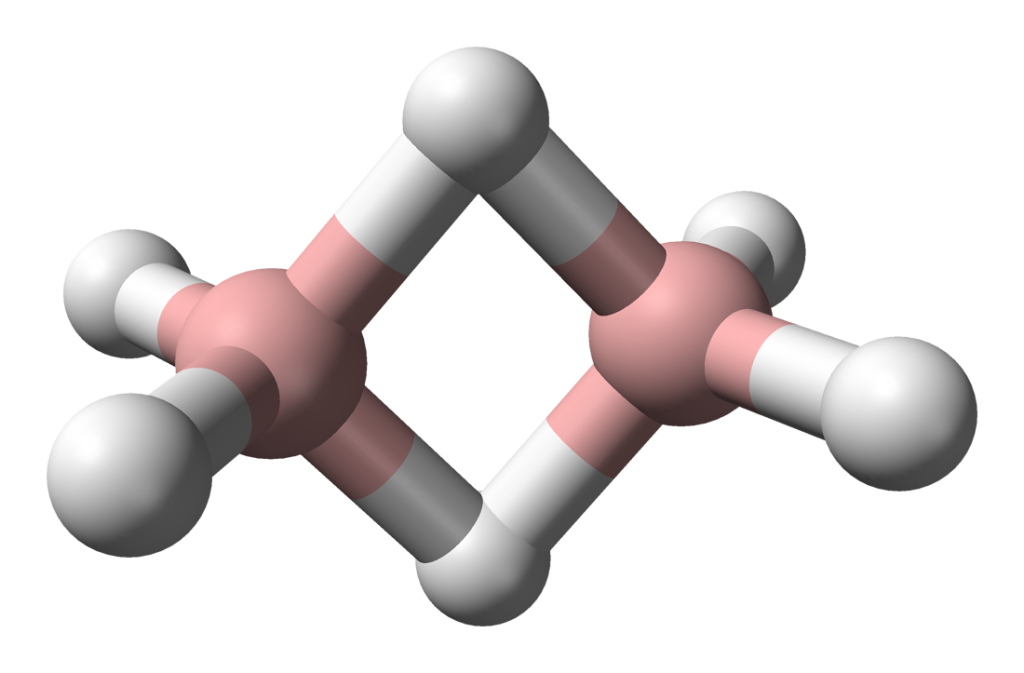Diborane, a colorless gas with a repulsive, sweet odor, is a highly reactive and hazardous substance. It is widely used in various industrial applications due to its unique properties, but its toxicity and flammability necessitate strict safety measures.
Industrial Applications of Diborane
Diborane’s unique properties make it valuable in several industrial applications:
- Rocket Propellant: Diborane is a highly energetic fuel that is used in rocket propellants, providing thrust for spacecraft launch and propulsion.
- Electronics: Diborane is used in the doping of semiconductors, a process that enhances their electrical conductivity and is crucial for manufacturing transistors and other electronic components.
- Reducing Agent: Diborane’s strong reducing properties make it useful in various chemical reactions, such as reducing metal oxides to their corresponding metals.
- Catalyst: Diborane acts as a catalyst in hydrocarbon polymerization reactions, facilitating the formation of long chains of hydrocarbons.
Health Risks of Diborane Exposure
Diborane is a highly toxic substance that poses serious health risks upon exposure. Inhalation, ingestion, or skin contact can lead to adverse health effects:
- Irritation: Diborane’s strong irritant properties can cause severe irritation to the skin, eyes, and mucous membranes, leading to burning, redness, and pain.
- Respiratory Distress: Inhalation of diborane can cause respiratory distress, characterized by coughing, wheezing, shortness of breath, and chest tightness.
- Organ Damage: Prolonged exposure to diborane can lead to damage to the lungs, kidneys, and other organs.
- Cancer: Diborane is classified as a potential human carcinogen, raising concerns about its long-term carcinogenic effects.
All of those units can be found here: https://www.gas-sensing.com/information/diborane
Regulations and Safety Measures
Due to its hazardous nature, diborane is subject to strict regulations and safety measures:
- Exposure Limits:Occupational Safety and Health Administration (OSHA) and National Institute for Occupational Safety and Health (NIOSH) have established permissible exposure limits (PELs) for diborane to protect workers.
- Engineering Controls: Engineering controls, such as ventilation systems and fume hoods, are essential to minimize worker exposure to diborane vapors.
- Personal Protective Equipment (PPE): Workers handling diborane must wear appropriate PPE, including gloves, goggles, and respiratory protection, to prevent direct contact and inhalation.
- Emergency Procedures: Emergency response plans and procedures should be in place to address potential diborane leaks or spills.
Conclusion
Diborane, despite its hazardous nature, plays a crucial role in various industrial applications, particularly in the aerospace and electronics industries. However, its toxicity and flammability demand strict adherence to safety protocols and regulations to protect workers and the environment from potential harm. By carefully managing its use and implementing appropriate safety measures, the benefits of diborane can be harnessed while minimizing its associated risks.

